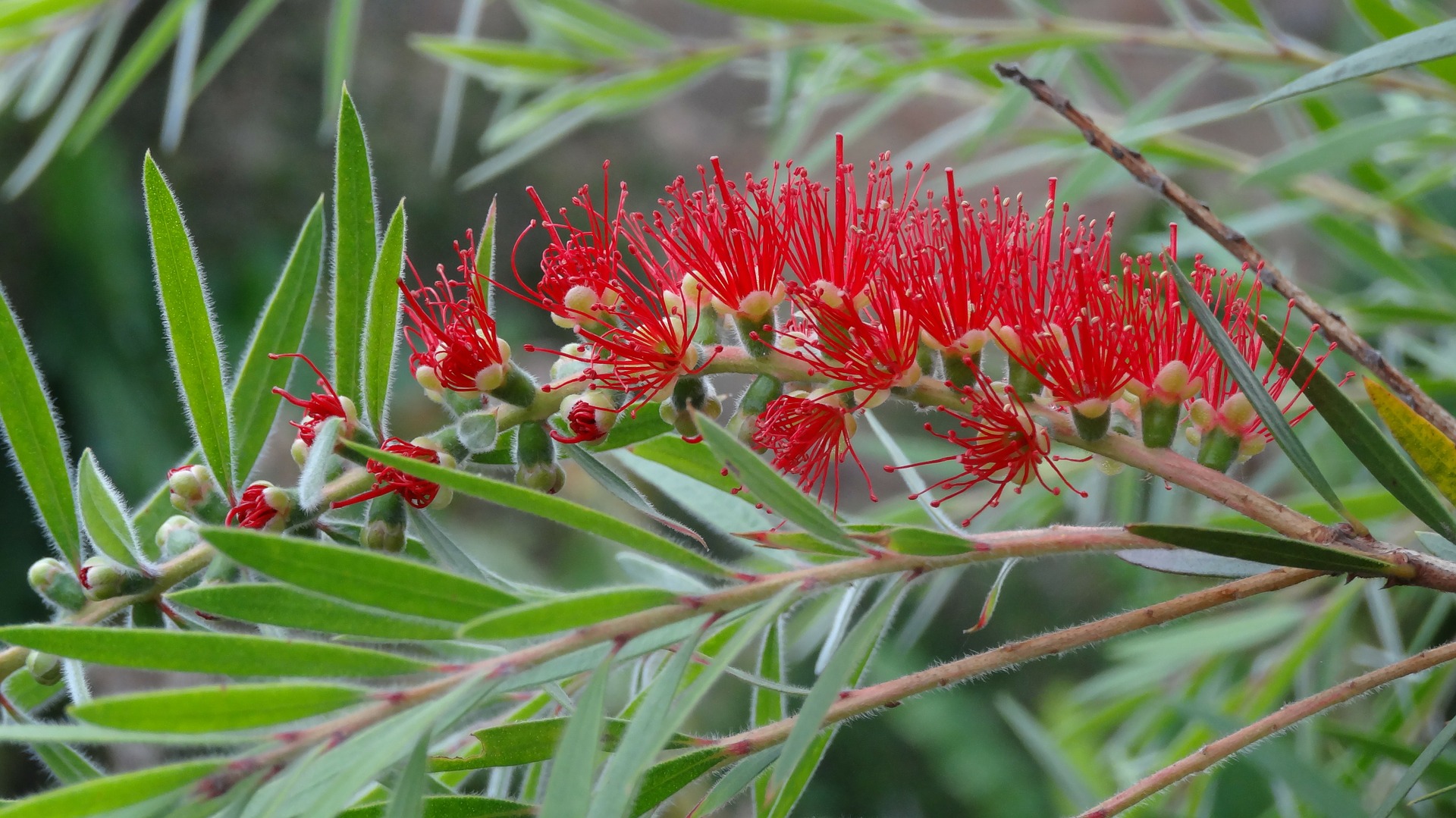When people come over to visit they are always amazed to see that we grow figs–in Missouri. Growing up, I had never seen anyone grow them in this area either, and was skeptical that it could be done. But one year I saw some advertised in the Stark Brothers catalog, bought some, and have been enamored with them ever since. They are relatively care free, yield bumper crops after a few years, can be propagated and multiplied with ease, and are a novelty crop that can fetch a good price in areas (such as ours) where they are not commonly grown. Figs are a great addition to an edible landscape or a farm wanting to diversify. Here is what I have learned growing them over the years:
Varieties for areas with cold winters: Brown Turkey, Celeste, Violette de Bordeaux (small plant size), Italian Alma, Dark Portuguese, LSU Gold or Purple, Brooklyn White, and Chicago Hardy. Brown Turkey is the most commonly grown and thought to be slightly inferior in flavor, but I have found it to be very tasty! Figs are self pollinating, so you can plant just one to get started. Here is an online collection of all kinds of figs (some hardy, some not).
Hardiness: Depending on the extreme temperatures during winter, you may or may not need to protect your figs. Generally if it drops below the 10 degree mark for any extended amount of time, you may consider protecting them at least somewhat. When we first started growing ours, I wrapped them in burlap and encased them in straw bales for winter. This probably helped quite a bit in getting them established through the first couple of winters when they were still small. Now that they are tall and mature (7 years later), I no longer take such steps. They grow over 15 feet tall and would be hard to cover. Taking care to heavily mulch around the base of the plants to protect the roots seems to be sufficient.
Sometimes the tops will die back in very cold years, and sometimes in more mild winters they won’t. Either way, when spring comes along you can cut back any cold damage and they will grow back vigorously from the existing root systems or undamaged tops.
Planting figs in pots and bringing them in during the winter is always an option, but can be a lot of work.
Planting: Figs like full sun with well drained soil. Add a little sand as a soil amendment if you have heavy clay. Some varieties will grow to 20 feet tall and 10 feet wide, so make sure to allow for enough space when planting more than one. Another thing to keep in mind when planting is the micro-climate. Figs planted in cold areas may thrive when planted in a favorable micro-climate, such as the south side of a building (protecting against cold north winds). Cities in cold regions are often are good places to grow figs because they tend not to get as cold as more rural areas.
To plant: Dig a hole as deep as the root ball and three times as wide to allow the roots to grow horizontally and establish the plant. If your soil is heavy, add some sand to the bottom of the hole. Water well and top dress with compost and mulch regularly throughout the first year. You can also add more sand to the ground level to help further improve your soil structure to one that figs find favorable.
Care: Figs are amazingly resilient plants. They really take little care other than the annual mulch and occasional pruning. Mulching each fall will protect the root systems for winter, add fertility to the soil, and conserve moisture in the ground. They are drought tolerant and seem (from what I’ve seen) totally disease free. Deer could care less about figs. The worst pests so far have been cardinals pecking the fruits, and last year I noticed ants eating the ripe figs. Some varieties, such as ‘Celeste’, are supposed to have smaller “eyes” on the bottom that resist insects better.
Fruiting: Depending on the variety, figs bear fruit June through September. Some will produce an early summer and late summer crop and some will produce continuously (ever-bearing).
Pruning: Like most fruit trees, pruning should be done in winter during dormancy. Prune any branches that cross each other, are too close together or are dead or diseased. Between 5-8 main fruiting branches is usually sufficient and not too crowded. Cutting back the main branches by 1/3 will also help the tree to produce bigger and better fruit. Any side branches can be cut off too. Use the good pruned off cuttings to propagate more figs! See that section below. Otherwise, the wood from a fig pruning can be used for smoking meats or on a spit roaster. The straight branches can also be used for bean teepees, garden stakes, fencing, or as the basis for a Hugelkultur bed.
Propagation: If you have trees established already you can increase the number of fig trees you have in order to plant more, give as gifts, or sell. One of the easiest and most carefree ways to grow a new tree is to bend an existing branch down to the ground, cover with mulch and soil, place a rock, brick, or something heavy on top and wait a few months. This method is known as “layering”. The branch will root into the soil, at which point the soil can be gently removed to expose the branch, the new tree can be cut from the mother using pruners, and then dug up and planted or potted.
You can also follow this method of rooting figs from tree cuttings from Myseeds.com:
1. Take cuttings which are 6 inches+ long and pencil to finger thick. The best cuttings will have some of last year’s wood on them.
2. If the weather is still unsettled and likely to frost, store the cuttings in a sealed zip lock in the produce bin in your refrigerator. If the weather is warm and likely to stay warm, pot your cuttings in sand or a good-quality potting mix.
3. Using 4-inch deep plastic pots, pack a half sheet of newspaper tightly into the bottom of the pot. Put a little mix in the bottom, stand 1 to 4 cuttings upright in each pot, and fill with the mix.
4. Water the pots thoroughly and stand them in a very bright, BUT NOT SUNNY place. It should be warm 70+ F. Cover the pot with an empty 2 or 3 liter soft drink bottle with the bottom cut out (leave the lid on).
5. Don’t water the cuttings again until they are very dry. Test for dryness occasionally by lifting the pot. If the pot is very light, water it by setting it in a pan of water and letting it soak. When you see vigorous growth, it is time to harden off the new plants. Remove the bottle cap and see how they do. If okay, remove the bottle after a few days. Keep an eye on them and reinstall the bottle if the plants wilt.
6. After a few days it will be time to pot up the new plants. Don’t do this just because you see leaves growing. Sometimes there will be 4 or 5 leaves and few, if any, roots. Wait until you see vigorous growth. Apply fertilizer.
To find figs, fig trees, or sell your own, visit Pick-A-Pepper.com!
Similar Stories:
- Pruning Trees and Shrubs
- Propagating Hardwood Cuttings in Vermiculite
- ADAPTING YOUR POND TO CLIMATE CHANGE
- The Shelf Life of Seeds
- How To Grow Stevia and Make Your Own Extract




